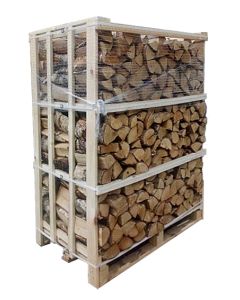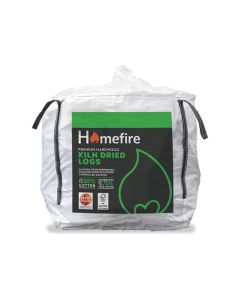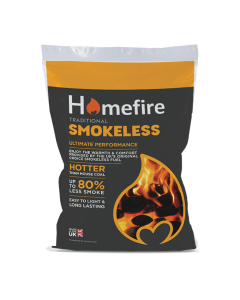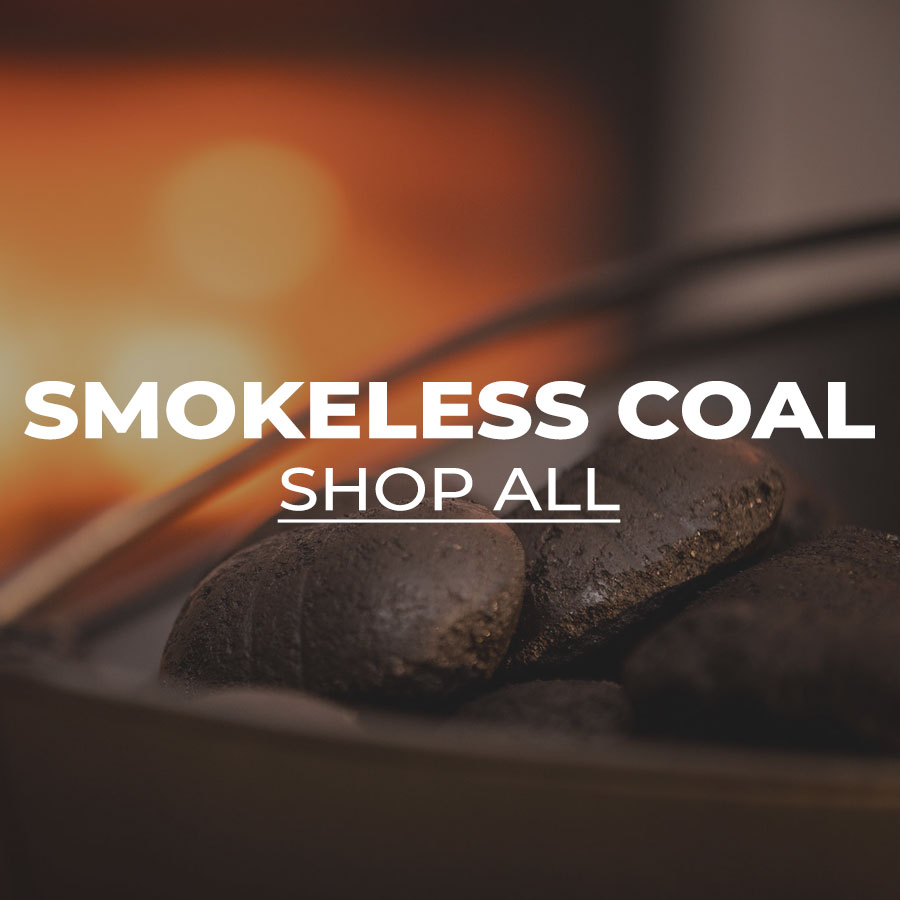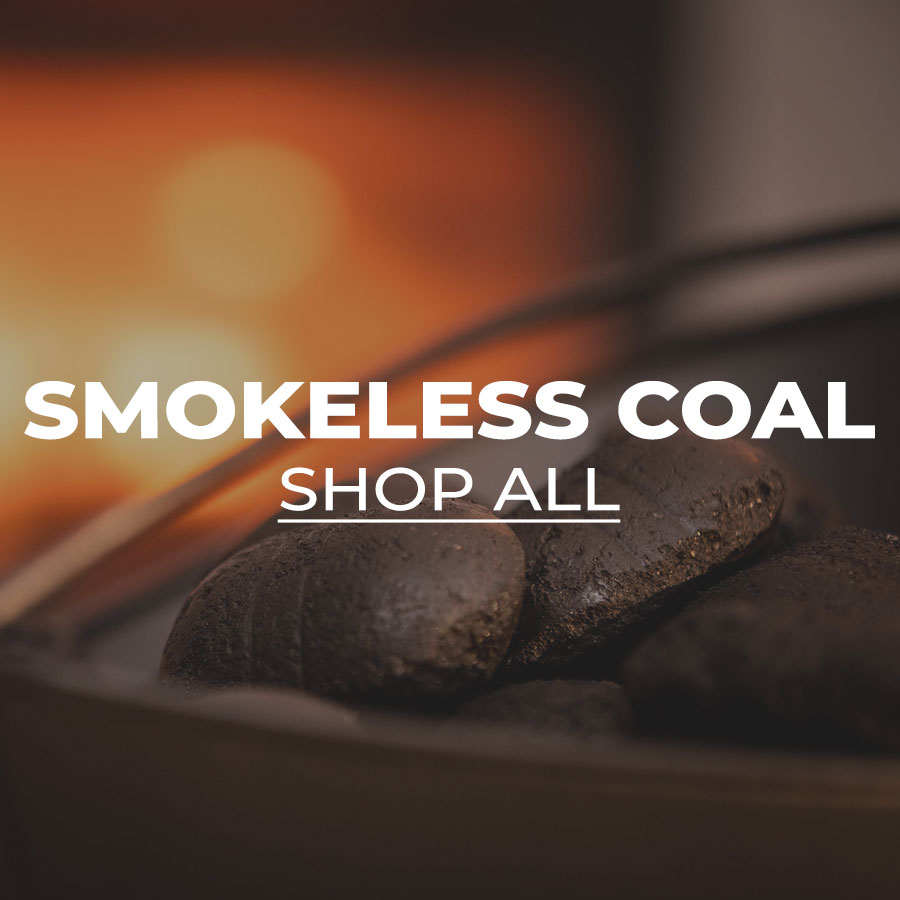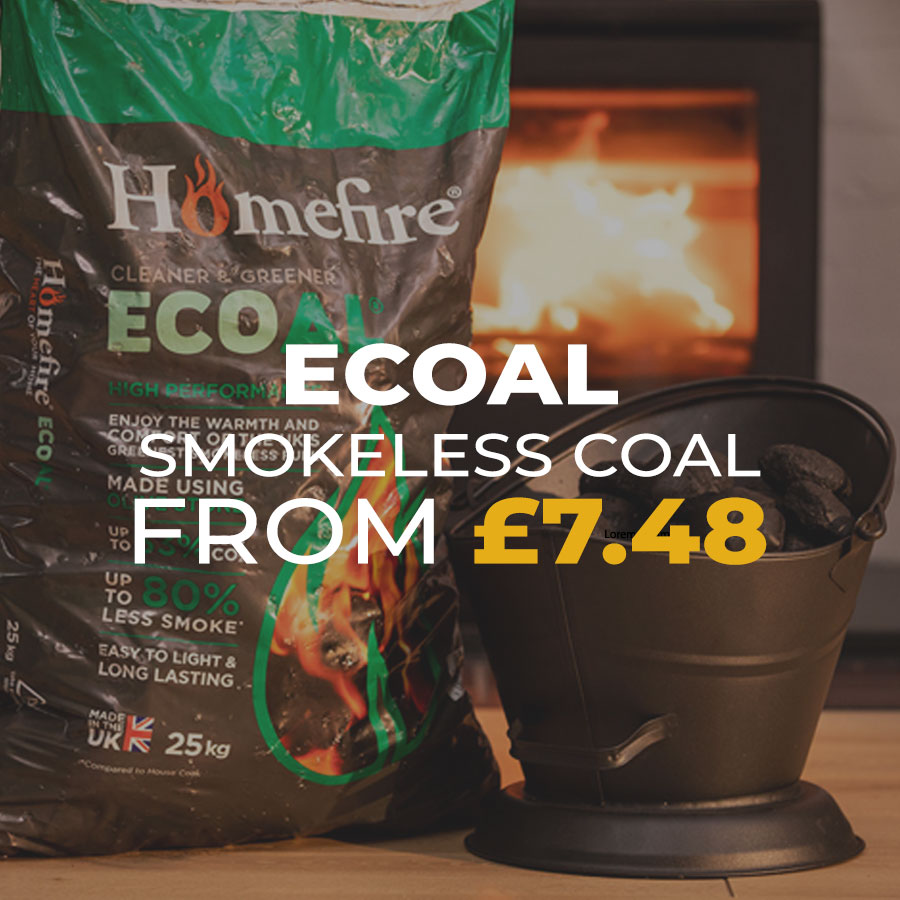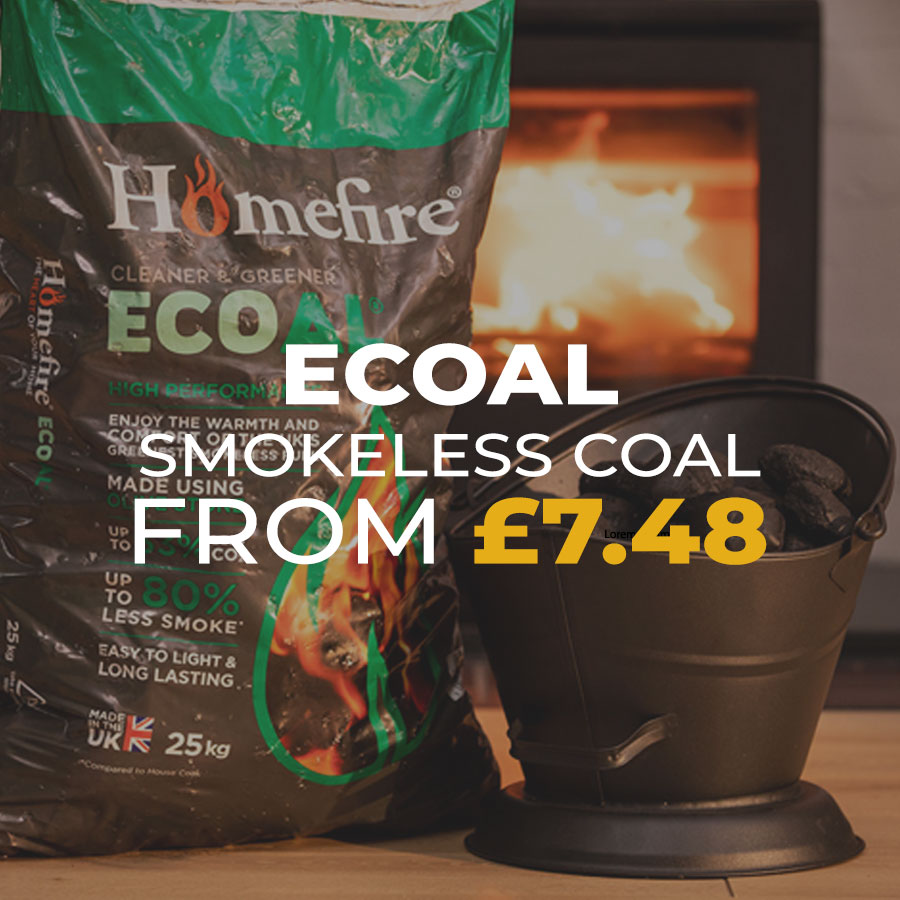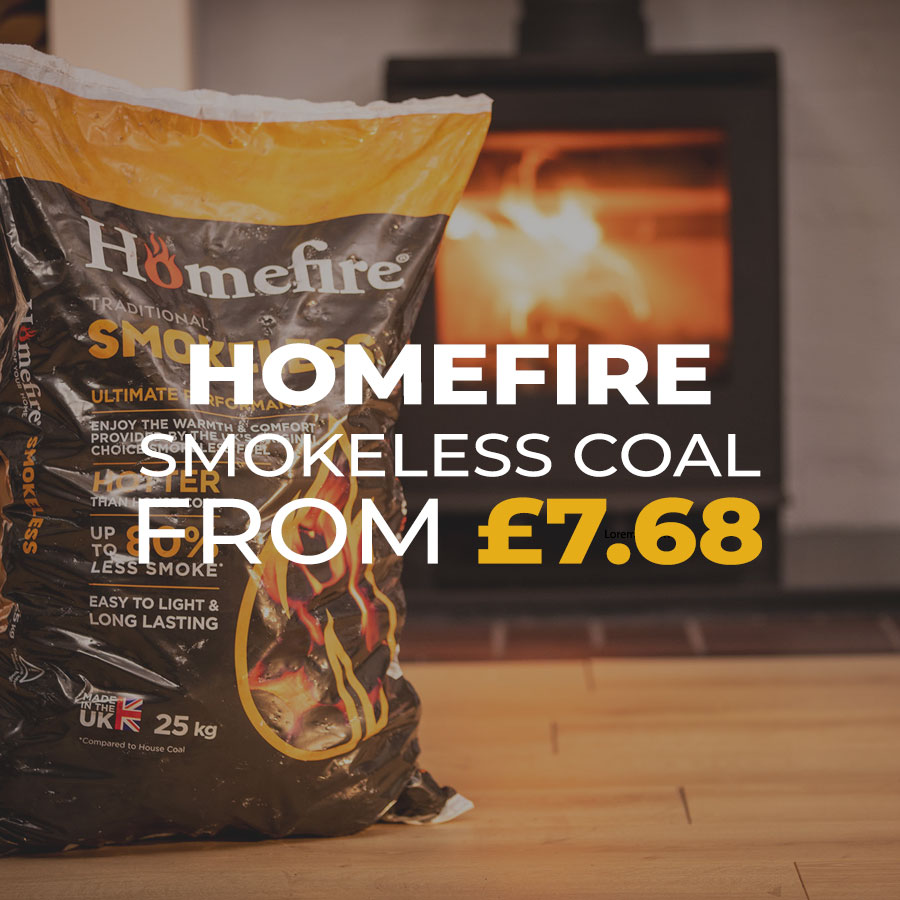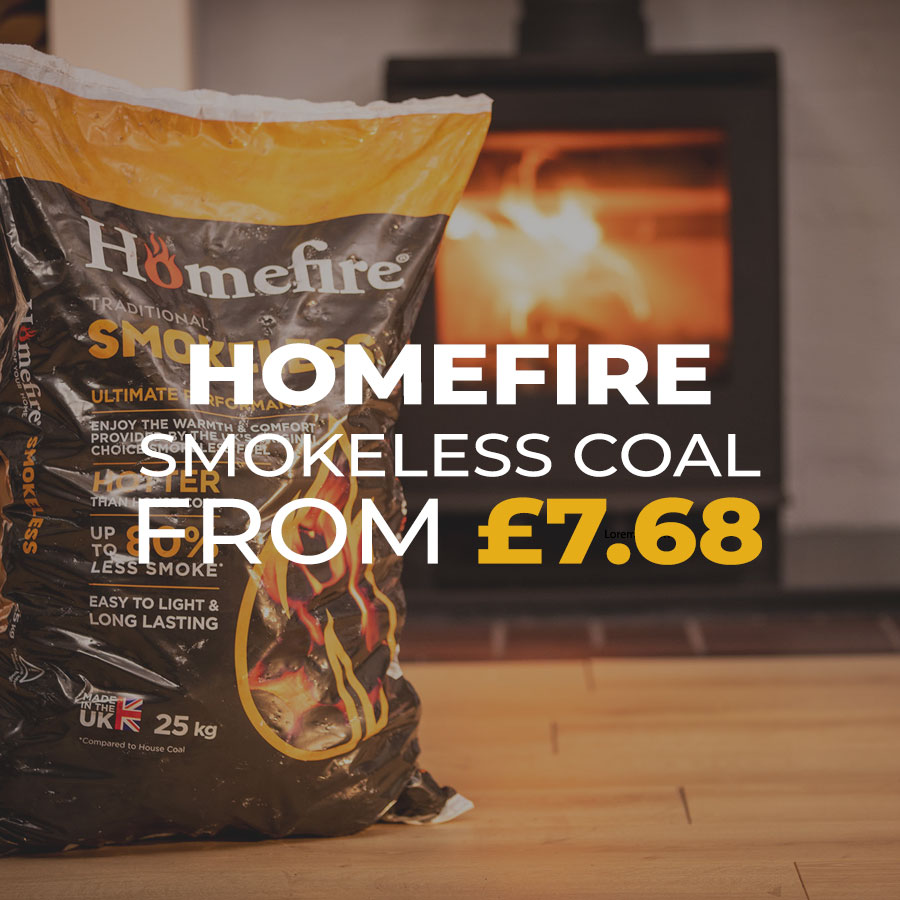Tackling air pollution whilst enjoying the healthy glow of a fire
Air pollution in towns and cities is an increasing concern for citizens, health professionals, consumers and the media. Whilst interest in the media and elsewhere has centered on NO2 emissions that arise from diesel vehicles, solid fuels such as wood and coal which are used by millions of homeowners for space heating may be an even greater issue. Every year an estimated 750,000 tonnes of coal and 1.7 -2 million tonnes of wood are burnt by UK households for warmth, often used in heating devices such as log burning stoves and open fires.
By far the most serious pollutant in terms of premature deaths is actually particulate matter (PM2.5). Annually, an estimated 40,000 deaths are linked to air pollution. According to independent reports by the Royal College of Physicians 29,000 of those deaths are caused by exposure to PM2.5 in the UK. The associated costs to the NHS and the economy (in terms of working days lost) is estimated at more than £20 billion every year (RCP 2016).[1]
As one of the UK’s largest solid fuel suppliers, Homefire recognises that the fuel burnt for heating in coal fires and log-burning stoves can be a significant contributor to air pollution in urban areas, especially on winter evenings. There is a need to change the way we think about, generate and use energy in a way which limits our impact on health and the environment. There is also a need to move homes that use coal and other highly polluting fossil fuels toward low carbon and renewable heating sources to ensure we create an environment and living and work spaces fit for future generations.
Via a call for evidence, Defra[2] recently sought information on the use of solid fuels such as house coal, manufactured solid fuel, and wood for domestic heating, and the impact that changes to the availability of these fuels would have on consumers and businesses. Both the Sustainable Energy Association and Homefire Industries responded to this call for evidence.
Both smokeless fuel and kiln-dried wood emit 75-80% less particulate matter (PM2.5) than the equivalent raw coal or unconditioned wood (see figure 1 below). They also offer better heat output and burn for longer; many independent tests support this improved heat output and the Sustainable Energy Authority Ireland data clearly shows that smokeless fuels are better value than coal.
Such a legislative framework also creates an environment for the development of wood fuels and biofuels which utilise residues to produce high-quality low emission fully renewable fuels.
The following gives a brief description of the hydrothermal carbonisation plant nearing completion at Homefire Immingham manufacturing Centre.
This technology creates the potential for second-generation biofuels contributing to a circular economy as well as air quality.

